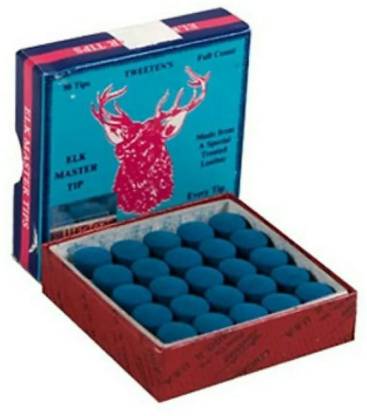
Snooker cues can be made from many different materials. Some are heavier than other, while some are lighter than the others. The best options for snooker cues are maple and ash, regardless of material. Maple has its drawbacks and should be avoided. These woods vary in their whippyness or stiffness. Be careful when selecting your cue.
Materials used in snooker cues
Ash cues have clear grain patterns, including chevrons and arrows. However, they can be difficult to bend straight, as the graining is often uneven and wide. You should choose carefully your cue to avoid potential problems.
Ash cues are traditionally made with English ash. Unfortunately, this is less common because of felling laws. Recent demand has shifted to American ash, which can be made from straight grain. English ash cues tend to be darker, heavier, and more visible chevrons. Acer Sacrarum maples may also be used by players. However, they are usually more expensive. Maple timber must be fully dried and seasoned for at minimum 12 months.
Rolled and bound the exact same
Ash is a dense, lightweight and durable wood that's great for making a snooker utensil. It isn't as expensive as high-end luxury cues for snooker. It has some flexibility, which makes it easier to spin the ball. It also has less deflection than other types of wood.

Maple and Ash are the traditional timbers used for cue shafts. Maple and Ash both offer high levels of rigidity as well as playability. Some models feature brass or plastic ferrules.
Receptive to wear and tear
You must take good care of your snooker cues. They must be stored in a dry place, away from sunlight and moisture. They should be kept on a cue rack to avoid warping and damage. It is also important that they are protected from abrasive material such as chemicals and sandpaper.
You can add weight to them to help keep them in top condition. It is important to select a cue that is at least 17 ounces. Any cue that is lighter than this will cause strain to your arm. An arm acceleration problem can be caused by a cue that's too light.
Add weight to the butt
A proper balance is achieved by the weight of the butt on your snooker cue. Many cues are made from ash, but some are made from maple. Some cues are decorated, while others are plain and simple.
The butt is a heavy, lower piece attached to the shaft by a screw. The shaft is a smaller and narrower piece. The shaft is a smaller, narrower piece that attaches to the butt. This is where a male screw threads in to a female. Cue joints may be made of brass, plastic or wood. The most common are brass-to-brass joints.

Rolling and bouncing the identical
Ash billiard is one of the most common types of snooker dice. Ash snooker dice weigh around 18 to 20 ounces. This is lighter than larger billiard balls. The majority of snooker cues are made of ash, but there are also some cues made from maple.
Also, ash snooker cues cost less than other materials. Prices will vary depending on wholesale costs. It's therefore easy to find a cue at a fair price.